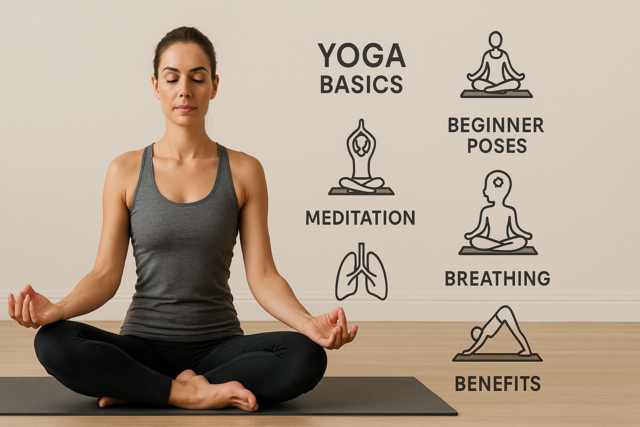The Eightfold Noble Path is presented in a logical sequence as the direction anyone must follow in order to put a final end to the suffering explained in the Four Noble Truths. The Eightfold Path is the means of freeing the self from delusions and attachments. Buddha challenged his followers with this promise: "You yourselves must strive. The Buddhas are only teachers. The meditative ones who practice the path are released from the bonds of evil." (Dhp.v 276.)
The path is called the middle way because it steers clear of the two misguided attempts to escape suffering: self-indulgence and self-mortification. Self-indulgence in sensual pleasures was described by the Buddha as "low, common, worldly, ignoble...not leading to the goal." On the other hand, the affliction of the body is not only useless but self-defeating because it impairs the body, which is a necessary instrument.
It is incorrect to view the body as the source of suffering when the source of trouble lies in the mind. Self-renunciation is described by the Buddha as "painful, ignoble...not leading to the goal." The middle way requires mental training; for this, the body must provide a fit, sturdy support. The middle way "gives rise to vision, gives rise to knowledge, and leads to peace, to enlightenment, to Nirvana."
It begins with the two principles of wisdom: right, or perfect, understanding, followed by right intention. From these two follow the moral commitment leading to the three elements of ethical conduct: right speech, right action, and right livelihood. The last three deal with mental development: right effort, right mindfulness, and right concentration, all of which form a circle taking us back to where we started, with right understanding.
Right Understanding
Right view is attained, sustained, and enhanced through all capacities of mind. Because our view of the world shapes our actions, the right view leads to right thoughts and right actions.
Right Intention
Right intention refers to volition, to the kind of mental energy that controls our actions. Right intention is a commitment to ethical and mental self-improvement. There are three areas for right intention:
1. the intention to renounce the pull of desire,
2. the intention to resist anger and aversion, and
3. the intention of compassion and harmlessness.
Right Speech
Right speech is the first principle of ethical conduct. Words can create enemies or friends, start war or create peace. Buddha explained the four aspects of right speech:
1. Abstain from false or deceitful speech.
2. Abstain from malicious or slanderous speech.
3. Abstain from harsh or offensive speech.
4. Abstain from idle chatter and foolish speech.
The Fourth Path
Right Action
Right action refers to any deeds involving bodily actions. The three kinds of abstinence are:
1. Abstain from harming sentient beings either deliberately or through negligence.
2. Abstain from taking that which is not given.
3. Abstain from sexual misconduct.
The 5th Path
Right livelihood means that one should earn one's living legally and peacefully. Four specific activities to avoid are:
1. dealing in weapons,
2. dealing in the trade of living beings, both animal and human,
3. dealing in meat production and butchery, and
4. dealing in intoxicants and poisons.
The Sixth Path
The same energy that can be misused to fuel desire and aggression can be rightly used to fuel self-discipline, honesty, benevolence, and kindness. Four types of endeavors are ranked in ascending order of perfection:
1. Prevent the arising of unwholesome states.
2. Abandon unwholesome states that have already arisen.
3. Arouse wholesome states.
The Seventh Path
Right Mindfulness
We conceptualize sense impressions and propose concepts, weaving them into complex interpretations. Right mindfulness enables us to be aware of the process of conceptualization in such a way as to actively observe and control our thoughts. The four foundations of mindfulness are:
3. contemplation of the state of mind; and
The Eighth Path
Right Concentration
Concentration is a mental state in which all faculties are directed toward the same object. Right concentration means concentration on wholesome thoughts and actions. The Buddhist method of developing right concentration is meditation. The meditating mind focuses on a selected object, directing itself to it, then sustaining and finally intensifying concentration. Through this practice, one becomes capable of applying elevated levels of concentration to everyday situations.
Words to Know:
Abstinence: avoidance; doing without.
Enlightenment: mental balance and peace; freedom from fear and desire.
Meditation: mindful concentration of mental effort.
Phenomena: things and processes in the physical world.

















